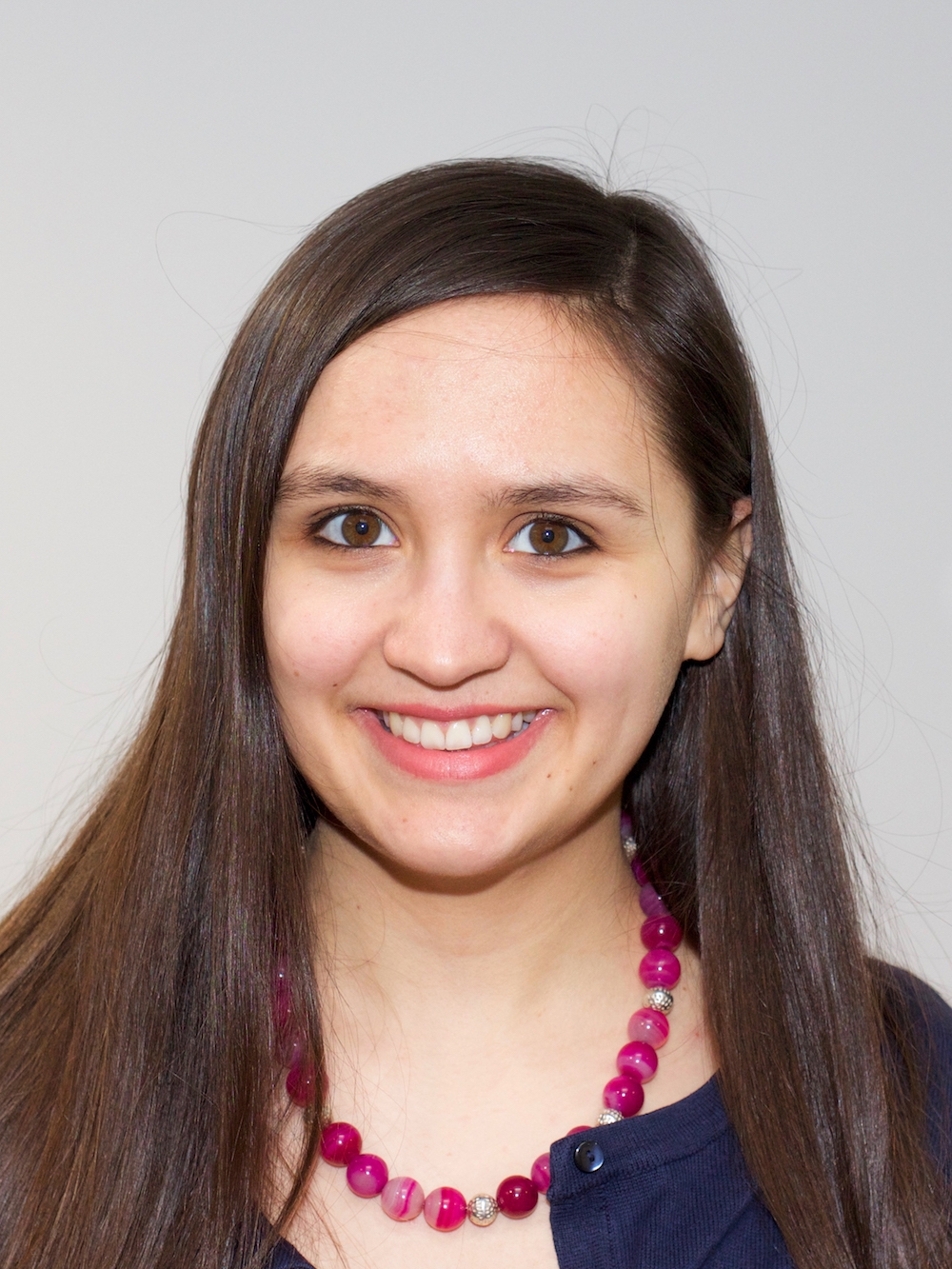“I don’t need to worry about anybody else and what they’re thinking… I’m not as paranoid”: Using compassionate imagery to overcome paranoia.
The October BABCP Article of the Month is from Behavioural and Cognitive Psychotherapy (BCP) and is entitled “A compassionate imagery intervention for patients with persecutory delusions” by Ava Forkert, Poppy Brown, Daniel Freeman and Felicity Waite
“I don’t feel quite so threatened as I did. I feel a little bit safer, I would say; maybe a little less vulnerable.”
Participant quote
Many people experience a few paranoid thoughts, and a few people experience many (Freeman et al., 2005; Bird et al., 2018). Persecutory delusions – inaccurate beliefs that others intend to cause harm – are common amongst patients with psychosis. Too often these fears lead people to withdraw and miss out on everyday life (Freeman et al., 2019). To tackle persecutory beliefs, we need to target the key factors which lead people to feel unsafe. For many, persecutory fears build on a sense of vulnerability stemming from negative beliefs about the self, such as feeling inferior or different (Freeman, 2016). Therefore, we developed a brief, targeted intervention to help patients foster self-compassion and in turn to feel less paranoid.
In compassion focused therapy (Gilbert, 2009; Gilbert, 2010a), imagery techniques are used to develop self-compassion – relating to oneself with kindness, awareness, and motivation to alleviate suffering. Experimental studies have shown that compassionate imagery exercises can increase self-compassion and reduce levels of paranoia in the general population (Brown et al., 2020). We wanted to find out whether such compassionate imagery exercises would also be an acceptable and feasible intervention for patients with persecutory fears in the context of psychosis.
We conducted a feasibility study with twelve patients, offering four sessions of compassionate imagery over two weeks. The results were promising: uptake was high, qualitative and quantitative feedback was positive, and outcome measures showed an initial indication of clinical benefit. There were improvements in negative beliefs about the self, self-compassion, and paranoia. The intervention now needs to be tested in a larger trial.
In our article in BCP (Forkert et al., 2021) we outline how the intervention was delivered, including which imagery techniques we used, and what it was like from the participant perspective, using quotes from the qualitative interviews. As well as leading to further research, we hope this article will inspire clinicians to consider using compassionate imagery when working with patients with persecutory delusions to feel safer and more confident.

References
Bird, J.C., Evans, R., Waite, F., Loe, B.S., Freeman, D. (2018). Adolescent Paranoia: prevalence, structure, and causal mechanisms. Schizophrenia Bulletin, 45(5), 134-1142. https://doi.org/10.1093/schbul/sby180
Brown, P., Waite, F., Rovira, A., Nickless, A., & Freeman, D. (2020). Virtual reality clinical-experimental tests of compassion treatment techniques to reduce paranoia. Nature Scientific Reports. 10, 8457. https://doi.org/10.1038/s41598-020-64957-7
Forkert, A., Brown, P., Freeman, D., & Waite, F. (2021). A compassionate imagery intervention for patients with persecutory delusions. Behavioural and Cognitive Psychotherapy. https://doi.org/10.1017/S1352465821000229
Freeman, D. (2016). Persecutory delusions: a cognitive perspective on understanding and treatment. The Lancet Psychiatry, 3(7), 685–692. https://doi.org/10.1016/S2215-0366(16)00066-3
Freeman, D., Garety, P.A., Bebbington, P.E., et al. (2005). Psychological investigation of the structure of paranoia in a non-clinical population. British Journal of Psychiatry, 186, 427–435. https://doi.org/10.1192/bjp.186.5.427
Freeman, D., Taylor, K. M., Molodynski, A., & Waite, F. (2019). Treatable clinical intervention targets for patients with schizophrenia. Schizophrenia Research, 211, 44–50. https://doi.org/10.1016/j.schres.2019.07.016
Gilbert, P. (2010). Compassion focused therapy: Distinctive features. Hove: Routledge. https://doi.org/10.4324/9780203851197
Gilbert, P. (2009). Introducing compassion-focused therapy. Advances in Psychiatric Treatment, 15(3), 199–208. https://doi.org/10.1192/apt.bp.107.005264
From Paul Salkovskis, the Editor-in-Chief of BCP: Why I chose this article:
This excellent article was chosen because it represents the intersection of clinically applied innovation with a strong theoretical grounding. Its use of mixed methods are a model of systematic examination ahead of a more definitive controlled study. The evaluation of adverse effects (there were no serious adverse effects!) is important, as this tends to be neglected in studies of psychological treatment. It is clear that this study has laid the groundwork for future work likely to advance our understanding of the clinical possibilities of using imagery with paranoia.
Bio Ava Forkert

Ava is a clinical psychologist with a particular interest in developing and delivering evidence based treatments for both adults and young people with mental health problems. She conducted the study described in this article as part of her doctoral thesis, while working at the Oxford Cognitive Approaches to Psychosis (OCAP) Team. OCAP specialises in developing treatments for patients with psychosis. Ava currently works in a specialist child and adolescent mental health service (CAMHS) for young people with anxiety or depression.
Bio Felicity Waite

Felicity Waite is a clinical psychologist and resarcher at the Univeristy of Oxford. The focus of her work is to develop more effective and accesible psychological interventions, particularly for young people and people with psychosis. She is deputy lead of the Oxford Cognitive Approaches to Psychosis (OCAP) clinical research group and currently holds a Wellcome Trust fellowship.





